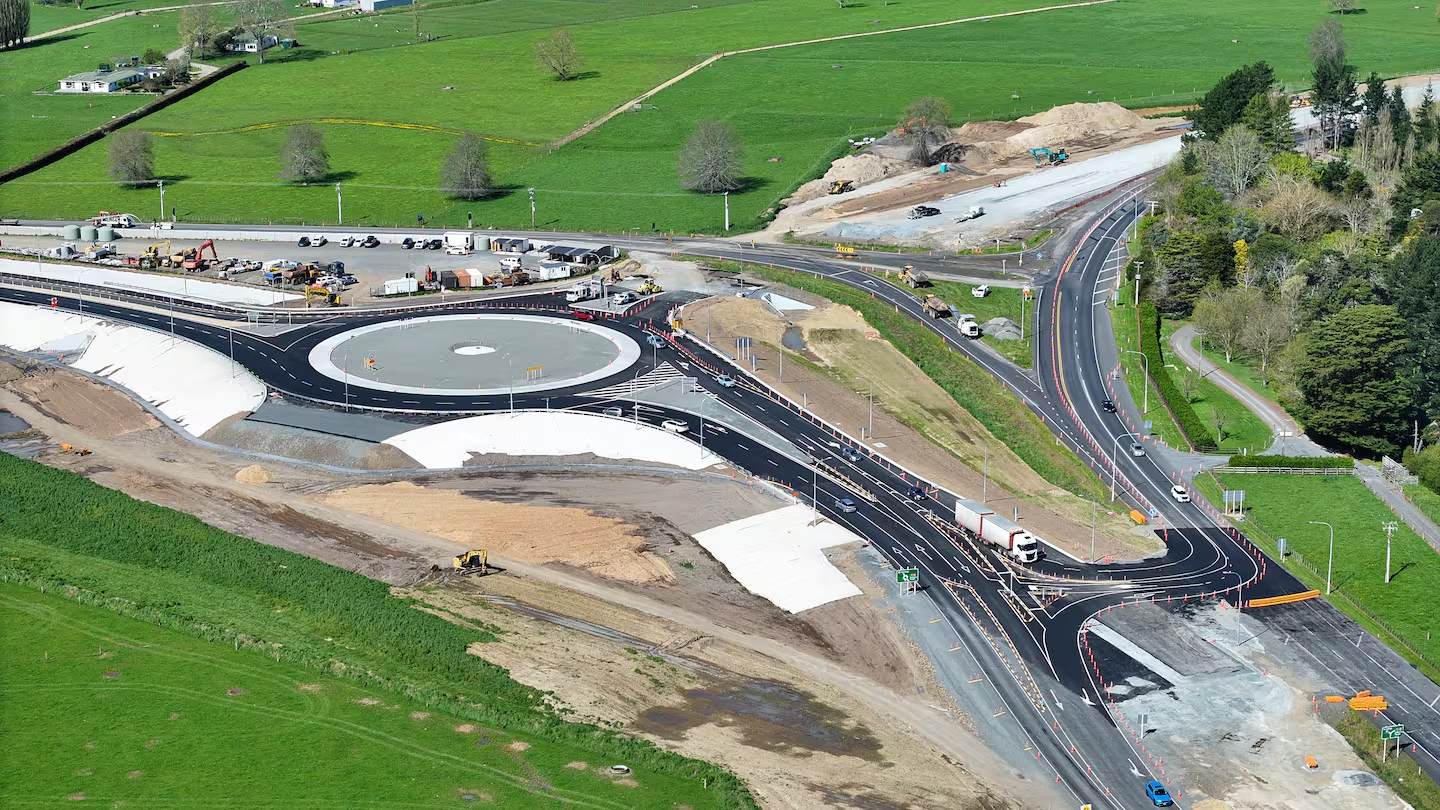In recent years, predictive analytics has emerged as a transformative force in healthcare, offering the potential to revolutionize patient care. As New Zealand navigates the complexities of an evolving healthcare landscape, the integration of predictive analytics is becoming increasingly critical. This article explores how predictive analytics can enhance patient care, focusing on its application within New Zealand's healthcare system.
Introduction: The Power of Predictive Analytics in Healthcare
Imagine a healthcare system where diseases are predicted before they manifest, where treatment plans are personalized to each patient's genetic makeup, and where hospital readmissions are significantly reduced. This is not the future; it is the present reality enabled by predictive analytics.
In New Zealand, the healthcare sector is poised at the brink of transformation. With an aging population and increasing chronic disease prevalence, the demand for efficient and effective healthcare solutions has never been higher. According to the Ministry of Health NZ, by 2036, one in four New Zealanders will be aged 65 and over, amplifying the need for innovative healthcare solutions.
Predictive analytics leverages data to forecast outcomes and prescribe proactive measures, thus improving patient care and operational efficiency. But how exactly can predictive analytics be applied to achieve these goals?
Predictive Analytics in Action: Real-World Applications
Case Study: Waikato District Health Board - Reducing Hospital Readmissions
The Waikato District Health Board (DHB) faced a significant challenge with high hospital readmission rates, impacting both patient outcomes and healthcare costs. By implementing a predictive analytics model, the DHB was able to identify patients at high risk of readmission.
- Problem: High readmission rates leading to increased costs and resource strain.
- Action: Utilized predictive analytics to identify at-risk patients and tailored follow-up care plans.
- Result: Readmission rates dropped by 20% within a year, saving the DHB significant operational costs.
- Takeaway: Proactive patient management through predictive analytics is crucial for improving care and reducing costs.
Enhancing Patient Diagnosis and Treatment
Predictive analytics is also making strides in patient diagnosis and treatment personalization. By analyzing historical patient data, healthcare providers can develop more accurate diagnostic models, leading to earlier and more precise interventions.
For instance, a study conducted by the University of Auckland found that predictive models could improve breast cancer detection rates by 15%, enabling earlier treatment and better patient outcomes.
Debunking Myths: Misconceptions about Predictive Analytics
Predictive analytics is often surrounded by misconceptions that can hinder its adoption in healthcare.
- Myth: "Predictive analytics replaces human intuition." Reality: Predictive analytics complements healthcare professionals' expertise, providing data-driven insights that enhance decision-making (Source: NZ Health IT).
- Myth: "It's too expensive for smaller healthcare facilities." Reality: While initial investments are required, the long-term cost savings and improved patient outcomes justify the expenditure.
- Myth: "Data privacy concerns outweigh the benefits." Reality: Advanced encryption and compliance with data protection regulations ensure patient data security.
Pros and Cons of Predictive Analytics in Healthcare
Pros:
- Improved Patient Outcomes: Enhanced accuracy in diagnosis and treatment plans.
- Cost Efficiency: Reduction in unnecessary tests and hospital readmissions saves costs.
- Proactive Care: Early identification of at-risk patients allows for timely interventions.
- Resource Optimization: Better allocation of healthcare resources based on predictive insights.
Cons:
- Initial Investment: High setup costs for technology and training.
- Data Quality: Requires high-quality, comprehensive data for accuracy.
- Complexity: Integration with existing systems can be challenging.
- Privacy Concerns: Patient data security must be rigorously maintained.
Future Trends: The Path Forward for Predictive Analytics in NZ
Looking ahead, the integration of artificial intelligence (AI) with predictive analytics is set to further enhance healthcare outcomes in New Zealand. According to a report by NZTech, by 2025, AI-driven predictive analytics could potentially reduce healthcare costs by 10%, while improving patient care quality.
Moreover, government initiatives such as the Digital Health 2025 strategy underline the commitment to integrating digital technologies within healthcare systems, paving the way for widespread adoption of predictive analytics.
Conclusion: Embracing the Future of Healthcare
Predictive analytics holds immense potential to transform patient care in New Zealand, offering a path to more efficient, personalized, and proactive healthcare services. As the healthcare sector continues to evolve, embracing these technologies will be crucial for meeting the needs of future generations.
What's your take on predictive analytics in healthcare? Share your insights below!
People Also Ask (FAQ)
- How does predictive analytics impact patient care in New Zealand? Predictive analytics enables early intervention, reducing hospital readmissions by 20% and improving patient outcomes through personalized care plans.
- What are the biggest misconceptions about predictive analytics in healthcare? A common myth is that predictive analytics replaces human intuition. In reality, it complements healthcare professionals' decision-making processes.
- What are the best strategies for implementing predictive analytics in healthcare? Experts recommend starting with data quality improvement, followed by integrating predictive models into existing systems and ensuring continuous monitoring.
Related Search Queries
- Predictive analytics in healthcare New Zealand
- Benefits of predictive analytics in patient care
- Challenges of implementing predictive analytics in healthcare
- Future trends in healthcare analytics NZ
- Improving patient outcomes with data analytics
- AI and predictive analytics in healthcare
- Case studies of predictive analytics in healthcare
- Data privacy in healthcare analytics
- Cost-benefit analysis of predictive analytics in healthcare
- Digital health strategies in New Zealand































GailCremea
4 months ago